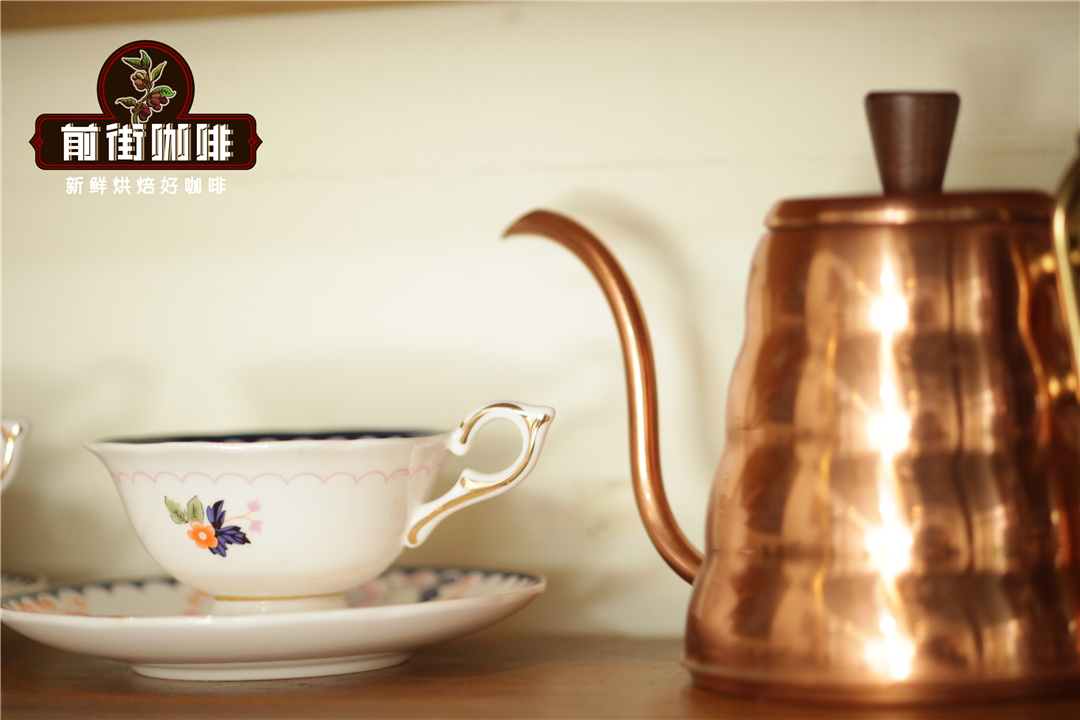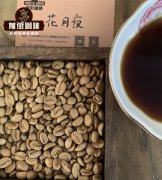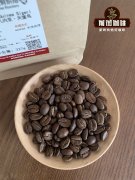Is Timor coffee a spontaneous hybrid? Is Timor coffee all uncertified organic?
Timor is a small island located in the southern part of the sea of Southeast Asia. It is unique in that it divides East Timor's sovereign state in the east and Indonesia in the west.
The Australian mainland is less than 500 kilometers from Timor and is separated by the Timor Sea. In eastern East Timor, the coffee industry is booming. Today, Qianjie Coffee will explore who produces Timor coffee and how it is produced.
The history of Timorese coffee
Like many other islands, Timor was incorporated into the trade route between Chinese and Japanese ships in the 14th century for the export of slaves, sandalwood, wax and honey.
For many years, it has been a politically divided country. Since the mid-17th century, the Dutch have claimed ownership of West Timor. East Timor was a Portuguese colony until 1975. The island was divided by a treaty in 1859.
The country has grown rapidly since the Portuguese introduced coffee production and cultivation to the island in the early 19th century. In addition to being the only cash crop in Timor, East Timorese boutique coffee now accounts for about 80 per cent of the country's annual exports-not a small number.

Focus on development
Most people living on the island rely heavily on income from work in the agricultural sector. In 2003, it is estimated that about 200000 people rely on coffee production and cultivation as their main source of income, and this number is increasing.
For this reason the coffee industry in East Timor has had to improve the quality of production in cooperation with Fair Trade and to use funds provided by overseas grants.
The launch of the national plan for the development of the coffee industry from 2019 to 2023 (PNDSC) ensures that a larger portion of the island's production is of better quality. This means that roasted coffee from the region will be sold around the world at higher prices.
Growth areas and challenging conditions
There are six main coffee-growing areas on the island: Mobes, Efoe, Elmera, Liquica, Eller, and Enero.
The typical harvest period in these areas is between May and October.
Unfortunately, Timor-Leste cannot claim to have the best coffee-growing conditions as some other countries do.
Its climate and the short rainy season mean that its land is too dry to grow vegetation. The natural fertility of the soil in many coffee growing areas is low, which means that the soil is not suitable to provide the right nutrients for the optimal growth of coffee.
The method of growing Timorese coffee is still very basic throughout the region. Small plantations where coffee and cherries are grown are often unmanaged and little attention is paid to pest management.
Organic coffee
But an unintended benefit is that much of the country's coffee is (uncertified) organic coffee. Because pesticides are not used, they are technically organic. These preventive chemicals have never been used on the island and will not be introduced now.
Highbury East Timor
Wen's hybrid was found in 1927 on a plantation where iron beans, a variety of Arabica coffee, were grown. This unique coffee is the result of a natural hybrid between Arabica coffee and Robusta coffee.
Hibrido de Timor is unique in that it extracts the best quality from each of its parent varieties and combines them.
Known for its delicacy, Arabica is the source of many specialty coffees, accounting for more than 60% of global coffee production, and unfortunately is also vulnerable to diseases such as coffee leaf rust.
On the other hand, although robusta coffee beans may not be as good as Arabica coffee beans, they can boast that they are resistant to many diseases. Therefore, as a resource-rich plant, Hibrido de Timor is more similar to Arabica coffee in quality, but it can also boast about its resistance to a large number of coffee diseases.
Unfortunately, there is not enough research on this unique coffee. Because of climate change, producers and farmers have a high demand for disease-resistant plants-the genetic resources of this hybrid may be the answer to bypass these destructive diseases in the future.
The Future of East Timor Coffee
Coffee in the region remains the world's largest single-source organic coffee producer, although their coffee production is less than 0.2 per cent of the global coffee trade.
Important Notice :
前街咖啡 FrontStreet Coffee has moved to new addredd:
FrontStreet Coffee Address: 315,Donghua East Road,GuangZhou
Tel:020 38364473
- Prev

The reason why Colombian coffee is popular how Colombian coffee is grown and harvested
Colombian coffee, which ships millions of bags of the best coffee beans abroad every year. But why is the world so fond of Colombian coffee? Here, Front Street Coffee explains the perfect coffee-growing climate of Colombian boutique coffee, coupled with world-class Arabica coffee beans. How to create the perfect coffee cup together. Colombian coffee with its flavor and unmistakable temperature
- Next

Papua New Guinea Arabica Coffee Papua New Guinea Coffee is similar to Indonesian flavor
Papua New Guinea is a country in Oceania and the third largest island country on earth. It was ranked as the sixth fastest growing economy in 2011 and one of the most culturally diverse countries in the world. It is also one of the countries with the most rural areas in the world, so agriculture plays an important role in the country's economy; coffee has now become its highest source of foreign exchange earnings. Papua coffee
Related
- What brand of black coffee is the most authentic and delicious? what are the characteristics of the flavor of the authentic Rose Summer Black Coffee?
- Introduction to the principle and characteristics of the correct use of mocha pot A detailed course of mocha pot brewing coffee is described in five steps.
- Which is better, decaf or regular coffee? how is decaf made?
- How much is a bag of four cat coffee?
- How about four Cat Coffee or Nestle Coffee? why is it a cheap scam?
- Which is better, Yunnan four Cats Coffee or Nestle Coffee? How about cat coffee? is it a fake scam? why is it so cheap?
- How about Cat Coffee? what grade is a hoax? which instant coffee tastes better, four Cat Coffee, Nestle Coffee or G7 coffee?
- Process flow chart of coffee making-Starbucks coffee making process what coffee tastes good at Starbucks
- The top ten best coffee beans in the world Rose summer coffee or Tanzanian coffee tastes good
- Yunnan four cat coffee is good to drink?_four cat coffee is a big brand? four cat blue mountain coffee is fake?

